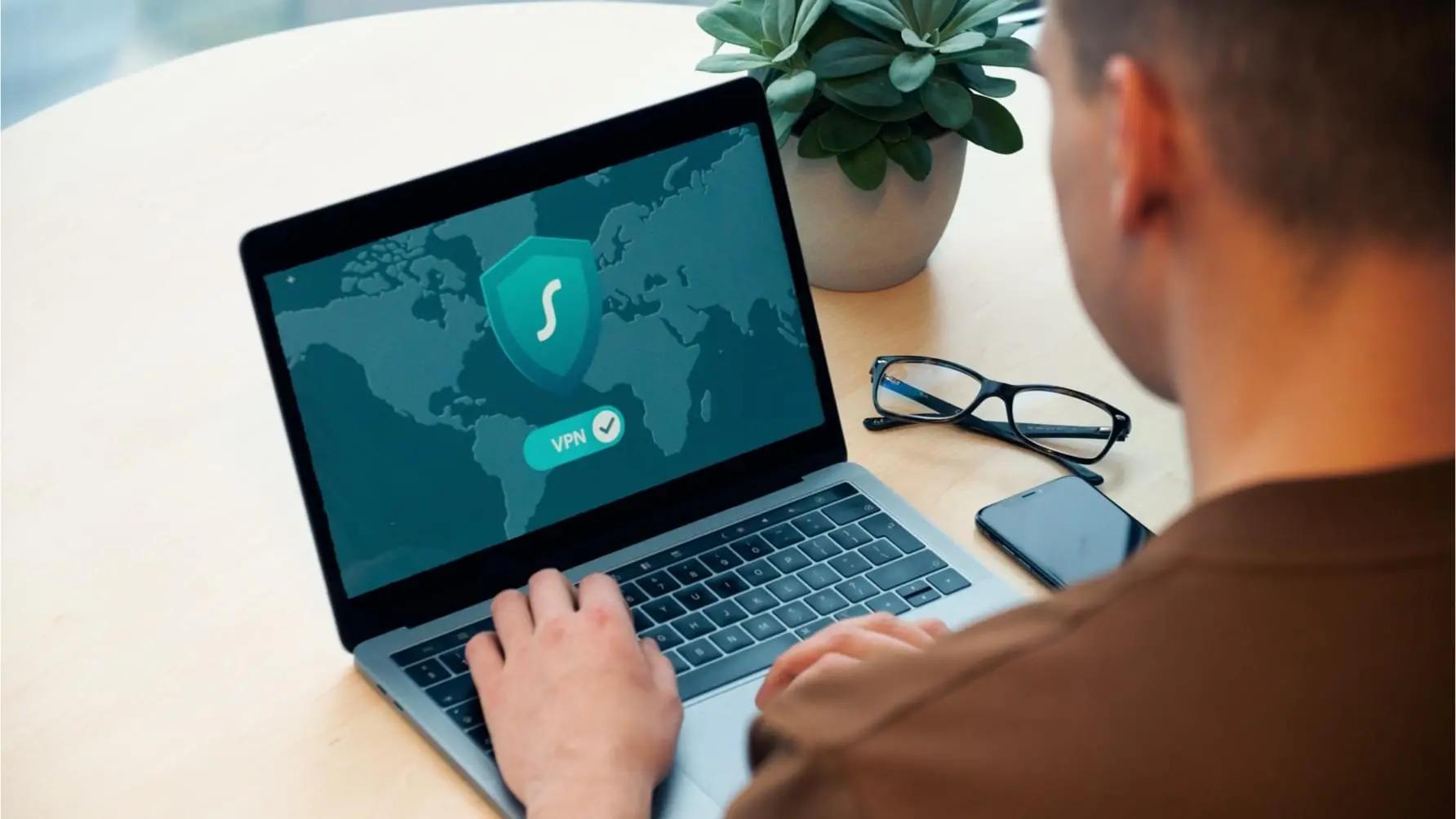The Concept of Phishing Simulations
Employee data breaches are a common problem, and many compromises are unintentional. Most employees have little technological understanding and can easily fall for phishing attempts. These individuals don’t know how to differentiate between a threat and a normal email.
Therefore, phishing simulations are tests forwarded by the companies to randomly test employee capabilities to differentiate the phishing attempts from other emails. An effective phishing simulation program is essential for enhancing employee awareness of phishing threats and ensuring appropriate responses to suspicious emails. The organization remains at risk, regardless of how secure it is inside if the employees don’t have training.
With phishing simulations, cyber security awareness strategies are more effective, allowing professionals to better assess the right email from a fake one. When the organization exposes the employees to phishing emails, they better recognize and respond to actual attacks whenever they arise.
Therefore, the employees don't put company assets at risk because of phishing threats. These employees can either avoid these threats themselves or let professionals handle them by addressing them in advance. With phishing simulations, companies can safely provide cyber security threat training for employees without the chance of a scam in this process.
Definition of Phishing and Phishing Simulation
Phishing is a type of social engineering attack where attackers attempt to deceive individuals into revealing sensitive information or granting unauthorized access. These attacks often come in the form of emails, messages, or websites that appear legitimate but are designed to steal data such as login credentials, financial information, or personal details. Phishing attacks exploit human psychology, leveraging trust and urgency to trick individuals into taking actions that compromise security.
Phishing simulations, on the other hand, are a type of cybersecurity exercise that tests an organization’s employees’ ability to recognize and respond to phishing attacks. These simulations mimic real-world phishing attempts, providing a safe environment for employees to learn and improve their cybersecurity awareness without the risk of actual data breaches. By exposing employees to simulated phishing emails, organizations can assess their readiness and reinforce best practices for handling suspicious communications.
Why Phishing Simulation Training is Necessary
Most of these phishing simulations are designed by IT professionals and are the first step toward better cybersecurity awareness campaigns. A security awareness training program often includes these simulations to help identify vulnerabilities and reinforce best practices. The results from these simulations identify the training every employee requires.
These simulations are also ideas for a post-training strategy to determine whether the employees have learned something valuable from the phishing sessions.
- 94% of organizations experienced phishing attacks. – Email Security Risk Report 2024
- Microsoft remains the most imitated brand, with 43.1% of phishing attempts targeting it.
Benefits of Phishing Simulation
Phishing simulations offer numerous benefits that can significantly enhance an organization’s cybersecurity posture and defenses against phishing attacks. By conducting these simulated tests, companies can:
-
Identify Vulnerabilities: Phishing simulations help pinpoint weaknesses in the workforce, revealing which employees are more susceptible to phishing attempts.
-
Educate Employees: These exercises provide hands-on training, educating employees on the latest phishing tactics and how to recognize them.
-
Reinforce Best Practices: Regular simulations reinforce the importance of best practices for handling suspicious emails, such as not clicking on unknown links or attachments.
-
Reduce Risk: By improving employees’ ability to identify and respond to phishing attacks, organizations can significantly reduce the risk of falling victim to these threats.
-
Enhance Security Posture: Overall, phishing simulations contribute to a stronger security culture within the organization, making it more resilient against cyber threa
Understanding Phishing Attacks
Phishing attacks are a prevalent and insidious threat to organizations, making cybersecurity a paramount concern. These attacks exploit human psychology to trick individuals into divulging confidential information. Attackers often use sophisticated techniques to make their phishing attempts appear legitimate, increasing the likelihood of success. Understanding the nature of these attacks is crucial for developing effective defenses.
Did You Know?
in phishing susceptibility with SafeTitan
of employees share passwords
estimated global cybercrime cost
of data breaches involved a human being
Types of Phishing Attacks
1. Email Phishing
Email phishing is a common form of phishing attack where attackers send emails that appear to be from a legitimate source, but are actually designed to trick individuals into revealing sensitive information. These emails often contain malicious links or attachments that can compromise an organization’s security. For example, an email might appear to be from a trusted bank, asking the recipient to click on a link to verify their account details. Once clicked, the link leads to a fake website designed to steal login credentials.
2. Smishing (SMS Phishing)
Smishing, also known as SMS phishing, is a type of phishing attack that uses text messages to trick individuals into revealing sensitive information. These messages often appear to be from a legitimate source, such as a bank or service provider, and may contain urgent requests to click on a link or call a phone number. The goal is to lure the recipient into providing personal information or downloading malicious software. By understanding the different types of phishing attacks, organizations can better prepare their employees to recognize and respond to these threats. Phishing simulation training is an effective way to educate employees on the latest phishing tactics and reinforce best practices for handling suspicious emails.
3. Whaling
When spear-phishing scammers go after C-level executives, the phishing attack is known as 'whaling,' aka, catching the big one, a 'whale'. In whaling attacks, scammers will carry out deep reconnaissance of a company, building up the profile of a C-Level executive, such as a CEO or CFO. The resultant spear-phishing email will use extreme tactics and behavioral motivators, such as fear, to manipulate the executive's behavior. For example, the phishing email may contain a threat that the company will be sued to encourage the executive to click on a link or open an infected attachment.
Learn more about other types of phishing attacks with examples and how to prevent them.
How Simulated Phishing Attacks Work
The best phishing simulations use realistic phishing templates that mimic actual cyber threats. However, the templates and landing page used in these emails must be realistic. There are a variety of different corporate email themes that may include the following:
- Password reset
- HR communications
- Bank details
Phishing campaigns are simulations or tools organizations can use to test their defenses against phishing attacks. These emails help employees better identify the right emails from the wrong ones. They can also decide whether to click on links, determining the overall experience.
Organizations can always change the material and look of these emails occasionally. Recurrent testing makes it easier to find if the employees are up to date. Some of the themes you can experiment with in these phishing simulations include the following:
- Special holidays
- COVID-related information
- company-sponsored events
The right tool for running phishing simulations can also help you make the right themes that your employees or other users are likely to fall for. The right phishing simulation tools can also recalibrate their approaches based on different departments.
Attackers try to personalize phishing attempts, and organizations should do the same as testers.
Using a phishing simulation tool makes one's job easier by providing flexible templates, unique content, and new emails every time. Some tools are easy to customize, making them ideal for clients looking for better exposure.
- Transparency
- Empathy
- Context And Beyond
- Awareness Is Key.
Regardless of how secure they are inside, organizations are at risk if their employees lack training.
Organizations are at risk, regardless of how secure it is inside, if the employees don't have training.
1. Transparency
Phishing attacks are pretty complicated if you think about it. A simulated phishing attack is an exercise where employees receive emails that resemble real phishing attempts. Therefore, the company should inform their employees about a potential phishing simulation campaign.
2. Empathy
As an organization owner, you may have a good idea of how to avoid phishing attempts. However, to educate others, you must put yourself in their shoes and see things from their perspective. Phishing attempts that seem too obvious may be unrealistic for some individuals. Therefore, you should patiently train these individuals as needed.
To prevent phishing attacks, blaming the tested individuals can also worsen the situation. These people need your support to better understand phishing attempts. If the phishing attempts belittle those who do not ace them, getting favorable outcomes becomes challenging.
3. Context and Comprehension
A major reason why the workforce fails to understand the idea of a simulated phishing email is that they don't know the context. With technical understanding, it becomes easier for an employee to understand the phishing intent and better counter it when needed. Lesser follow-up and isolated simulations are the primary reasons these approaches are not always effective. Planning and communication are the key to running successful phishing simulations, so planning them while considering the workforce perspective makes a huge difference.
4. Awareness is Key
Phishing simulations help identify improvement areas within a working infrastructure. The easiest way is to add personalized security and training awareness. People respond differently to these phishing attacks depending on their understanding and awareness. To get the best results for cyber security, adopting a helpful and supportive approach is the only way. Designers should avoid the blame game and find solutions using a result-oriented approach.
How can you Make Phishing Simulations Tools Easier?
Phishing simulations have to be as lifelike as possible to ensure the workforce can counter any problem. However, calibrating a unique phishing simulation every time can be a little challenging. Fortunately, you can always go for phishing simulation tools which make running phishing simulations effective, easier, and simpler. The phishing simulation tool you choose makes a lot of difference in your overall experience. A great choice for your next simulation session is TitanHQ SAT. It is a dedicated SAT and phishing simulation tool that offers some of the most innovative features on the market, to equip your users to recognize and respond to potential security risks.
TitanHQ Security Awareness Training : The Best Phishing Simulation Tool
Traditional security awareness training programs no longer measure up. Maintaining them requires significant effort, yet they don't enhance security. With TitanHQ SAT, you enjoy a hands-off, set-and-forget experience. Our security experts design and schedule security training for your users continually.
Enable your employees to recognize and report cyber threats through engaging, contextual, and narrative-driven lessons fully managed by TitanHQ. Campaign management and reporting happen automatically in the background.
About Lures
TitanHQ’s specialized phishing simulation emails —lures— are uniquely designed to protect your organization against ever-increasing cyber threats. By leveraging our comprehensive set of carefully created lures in a phishing simulation, you can raise awareness, build resilience, and help users mitigate the risk of falling victim to a phishing attack. Every TitanHQ lure is tailored to a specific phishing threat category covering a wide variety of topics and is of mixed complexity.
How it Works :
- Select a template, choose your audience, and set the send time. Afterward, you'll receive a detailed automated report on your phishing campaign.
- Phishing campaigns can be set for a fixed duration of 1, 3, 6, or 12 months or continuous (i.e., no End Date).
- During a phishing campaign cycle, a random lure will be sent once every two weeks. Each user will receive a unique lure every time.
Want to learn more? Sign up for a demo and we'll show you TitanHQ SAT in action.

Jennifer Marsh
- SECURITY AWARENESS TRAINING
Talk to our Team today

